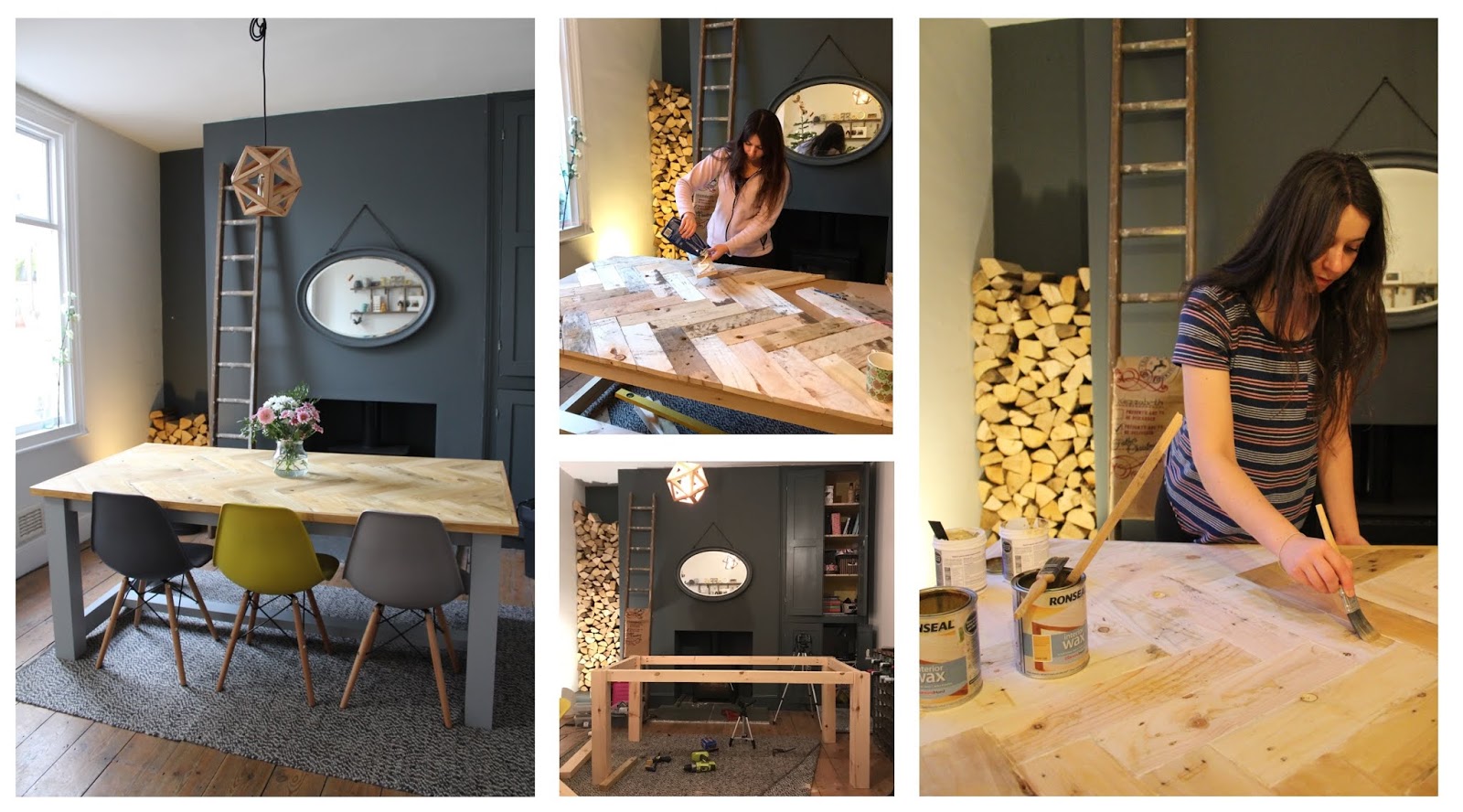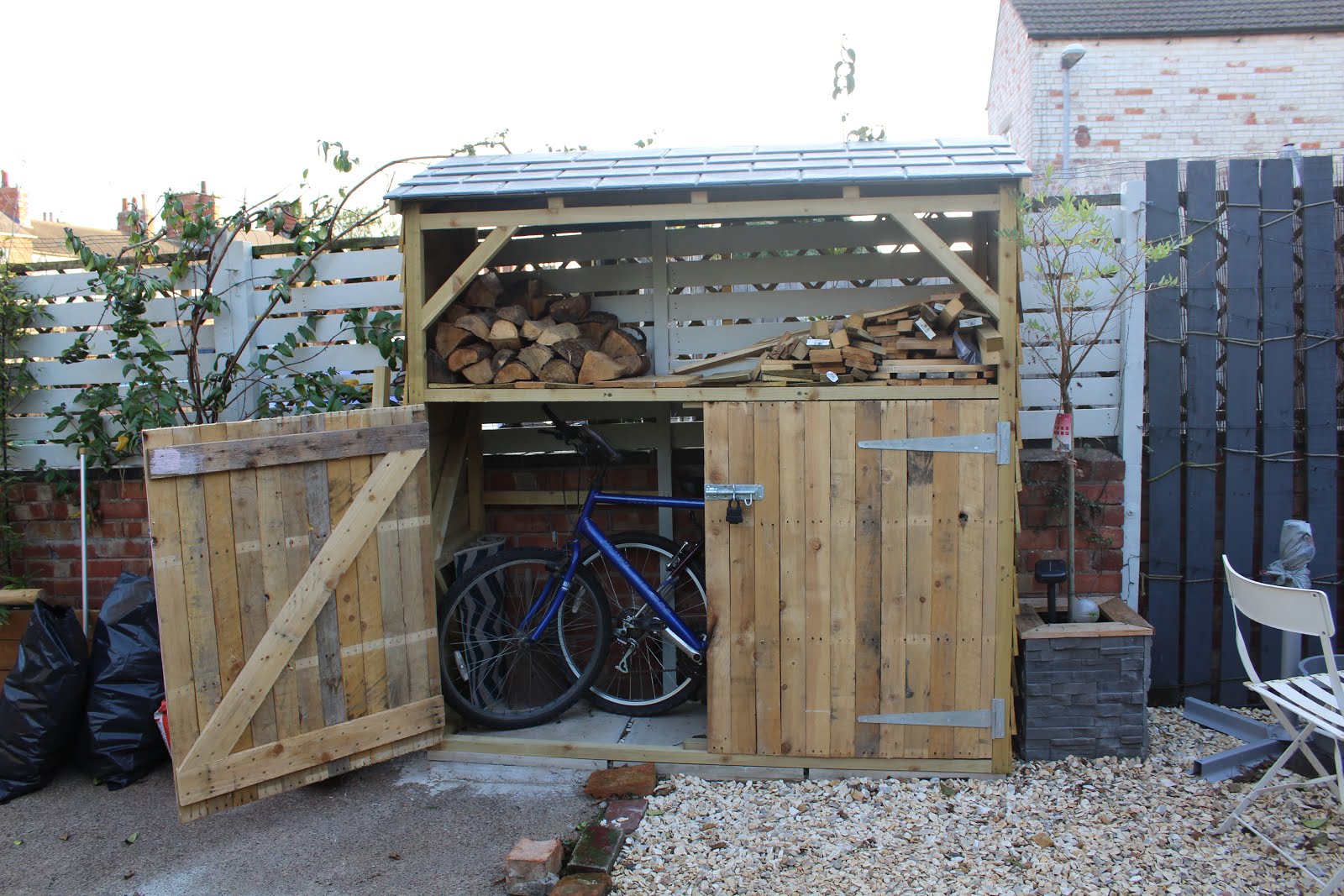OK, so it’s not quite cake – but it certainly looks like it, right? When we were planning the walls to be knocked through into the kitchen, a number of tradespeople suggested to us that we spent a little extra cash insulating some of our walls. Houses are typically built with two-brick thick walls and nowadays new houses also have a cavity between these bricks filled with insulation. This keeps you nice and toasty in winter. But in our house, some of our walls are just one brick thick which means they transfer the cold from the outside into the house very very easily. Our solution? Cake.
As for installing this insulating plasterboard, the best thing about this product is that it really is just as simple as installing regular plasterboard. You can fit using battens and screws or you fit via ‘dot and dab’ – there’s no special materials or techniques required! And of course, as per usual we’ll be fitting these boards ourselves.
So, here’s a quick look at the conservatory wall prior to insulating. I’ve mentioned previously how we were quite keen to cover up these bricks anyway as we felt there was a little too much exposed brick going on in this room and we intend on having a bit of feature wall instead. The conservatory is an 80s addition to the house, so the bricks really have no character and I wont be missing them at all! (If you want to read about the rest of our plans for this room, be sure to check out this post).
We’ll be fitting the boards via ‘dot and dab’ which we think is the quickest and easiest way to fit plasterboard. We applied some diluted PVA mix (50% PVA, 50% water) to the wall first to improve adhesion to the wall – this insulating plasterboard is much heavier than standard plasterboard so it really does need a good sticking base – this means no dust too!
We then mixed up some plasterboard adhesive and dabbed blobs throughly around the edges where the board will be fitted and then around 30cm apart in the middle. The blobs of adhesive need to be consistently the same size to ensure when you press the plasterboard on it’s stuck at every point and not just on one giant blob in the middle. We used a spirit level to make sure the board was completely level and then pressed the board hard into position to ensure complete contact with each blob of adhesive. A few hits with the spirit level helps greatly! Since it’s heavy stuff you’ll notice we did cut it down into smaller pieces as well, which we found cut best with a regular hand saw.
The top of the wall was particularly tricky to plasterboard as we had to cut around the roof beams which took a bit of patience and thorough measuring, but any very small gaps that were just too small to fit plasterboard into, we simply filled with plasterboard adhesive so that when it comes to plastering there’s no hollow spaces.
We also had to accommodate for the new lintel over the door which protrudes out from the wall. If we had been simply skimming this wall without the additional insulating plasterboard this would have actually been a real issue, but luckily since this plasterboard is so damn thick, we simply notched out a section of the insulation to snugly recess the beam into it.
Some more PVA and bit of dot and dabbing later and we were done! We finished the recess of the door with regular (non insulating) plasterboard and angle beads ready for plaster.
The kitchen is already an improvement (goodbye baby poop walls!) and the conservatory looks a little more room-like too! I have no doubt we’ll be using some celotex insulation again elsewhere in the house. It’s a damn sight nicer to work with than pesky fibreglass!
Have you ever used insulating plasterboard? Are you considering celotex insulation in your home?!
Costs:
(rounded to the nearest pound)
New Tools Purchased:
Paddle Mixer £5
Bucket Trowel £8
Materials Used:
Plasterboard Adhesive £18
PVA (obviously not all of it!!) £10
Celotex Insulating Plasterboard x5 £160













No Comments